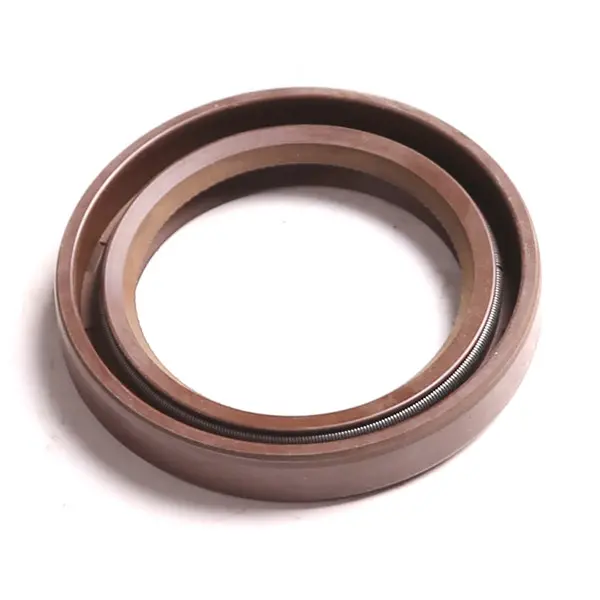11 月 . 04, 2024 19:18 Back to list
35x52x7 Oil Seal Specifications and Applications for Optimal Performance
Understanding the 35x52x7 Oil Seal Importance and Applications
In the world of machinery and automotive components, oil seals play a crucial role in ensuring the longevity and efficiency of equipment. Among various types of oil seals, the 35x52x7 oil seal stands out due to its specific dimensions and versatile applications. In this article, we will delve into what an oil seal is, the significance of the 35x52x7 specification, its materials, and where it is commonly used.
What is an Oil Seal?
An oil seal is a mechanical component designed to shut off a particular area of a machine or engine to prevent the leakage of lubricating oil or other fluids. Typically made from rubber or other flexible materials, oil seals maintain a strong seal against rotational or static components. Their primary function is to minimize friction and protect against contaminants, which can lead to wear and tear over time.
The Importance of the 35x52x7 Specification
The dimensions of the oil seal are crucial for compatibility with mechanical systems
. The 35x52x7 oil seal indicates that the seal has an inner diameter of 35 mm, an outer diameter of 52 mm, and a thickness of 7 mm. These precise measurements ensure that the seal fits snugly around the shaft or housing to prevent leaks.A correct fit is necessary for effective sealing, as even the slightest misalignment can result in fluid leakage, leading to potential damage and increased maintenance costs. Additionally, the dimensions impact the oil seal's ability to withstand various pressures and temperatures found in different operational environments.
Materials Used in Oil Seals
The construction material of an oil seal significantly influences its performance and durability. Common materials include
1. Nitrile Rubber (NBR) Known for its excellent oil resistance, NBR is the most widely used material for oil seals. It can withstand temperatures ranging from -30°C to 100°C (-22°F to 212°F).
2. Fluoroelastomer (FKM) This material is often used in applications where higher temperatures and chemical resistance are necessary. It can operate effectively in environments up to 200°C (392°F).
3. Polyurethane Offering superior abrasion resistance and longevity, polyurethane seals are suitable for heavy-duty applications.
35x52x7 oil seal

4. Silicone Primarily used for extreme temperature conditions, silicone can handle both high and low temperatures, making it a practical choice for specialized applications.
Choosing the right material is vital, as it not only affects the seal's performance but also its resistance to specific fluids, temperatures, and environmental conditions.
Applications of the 35x52x7 Oil Seal
The versatility of the 35x52x7 oil seal allows it to find applications in multiple industries
1. Automotive Commonly used in engines, differentials, and transmissions, oil seals prevent oil leaks, improving efficiency and performance.
2. Industrial Machinery In various machines such as pumps, compressors, and gearboxes, these seals protect internal components from contamination and lubricant loss.
3. Agricultural Equipment Oil seals are integral to tractors and various farm machinery, ensuring they operate smoothly under heavy loads and harsh conditions.
4. Marine Applications Boats and other marine vessels rely on oil seals to protect sensitive mechanical systems from seawater intrusion and to maintain proper lubrication.
5. Household Appliances Devices like washing machines and dishwashers utilize oil seals to ensure proper functioning and to prevent leakage of oils and detergents.
Conclusion
The 35x52x7 oil seal is a small yet vital component in various mechanical systems. Its precise dimensions, choice of materials, and wide range of applications underscore the significance of oil seals in maintaining equipment reliability and efficiency. Understanding the role of these seals can lead to better maintenance practices, ensuring that machinery operates effectively over its intended lifespan. Proper selection and installation of oil seals like the 35x52x7 are essential for preventing leaks, reducing wear, and enhancing the overall performance of mechanical systems.